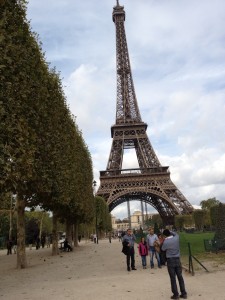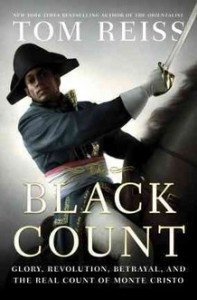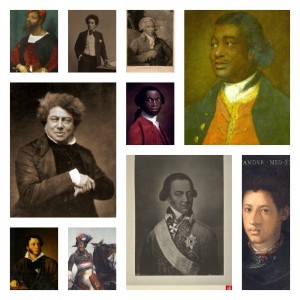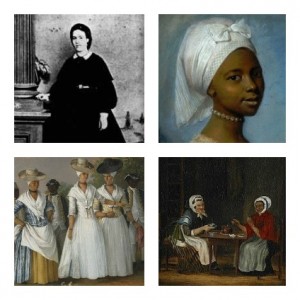When you think of France you undoubtedly think of one place: the Eiffel Tower.
But what do you think of when you think of 18th century France? Do you think of Les Miserable or The Three Musketeers?
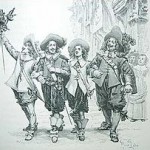 If so, you’d be almost correct. The story of The Black Count, by Tom Reiss, is a tale of Alex Dumas, the man who fathers the man who writes The Three Musketeers and inspires The Count of Monte Cristo.
If so, you’d be almost correct. The story of The Black Count, by Tom Reiss, is a tale of Alex Dumas, the man who fathers the man who writes The Three Musketeers and inspires The Count of Monte Cristo.
As a side note, I often refer to The Shawshank Redemption (or Friends) for many private chuckles. In this case, the prisoners in Shawshank prison visit the library and one of them sees a book entitled The Count of Monte Cristo. The prisoner mispronounces the author’s name as Alexandree Dumass. (chuckle) They are then informed that this book is about something they might be interested in: a prison break.
Anyway, where were we?
oh yes, the Black Count.
Who is the Black Count? It’s no other man than Alex Dumas, the man who fathered the man who wrote The Three Musketeers, etc. You know him, we discussed him in the previous paragraphs. So, it’s no big deal, right? A black man fighting in the military? Maybe so today, but 3 centuries ago, this was practically unheard of. There was, however, a brief time in France in the 18th century (1700s) when Blacks experienced moderately good civil rights. They could be free, own property, conduct business, marry within and outside their race, etc.
I thought it might be interesting to find out what Black men looked like back then.
Notice anything familiar? Its our Alex Dumas in the lower left corner, riding the horse; the same man as on the cover of The Black Count. Also? The man on top of Alex Dumas? Yep, that’s his son, the author (Three Musketeers).
Now that we know what men might have looked like I thought it would be equally as interesting to see what the women looked like. These photos, however, were more difficult to find.
I can only assume the lack of depiction of Black women had to be because of their lack of social standing regardless of the laws. What I find interesting is what the mixed race people might have looked like. If Dumas was of a White and Black union, the depictions I’ve seen don’t show it. Some of the pictures show lighter skinned Blacks who, to me, look like they could be mixed. But then, I guess this could be a cause for deeper research, sort of like an Alex Haley type of Roots exercise; remember that book? Wouldn’t it be interesting if there were more photos of the French and Haitian people of this time period so we could compare Alex Dumas’ history to Alex Haley’s?
If you like history or Black history or French history or The Three Musketeers, pick up a copy of The Black Count and research the turbulent history for yourself. It’s amazing, really.
I give the book 4 paws for the historical retelling of life for 18th century Blacks; the book is, however, very informative and thorough, much like a textbook.
